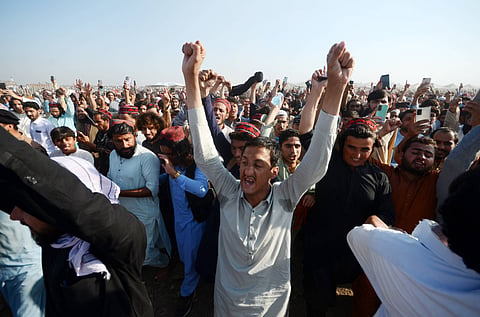State of Southasia #12: Hurmat Ali Shah on Pashtuns and the Pakistani state
In January 2018, Naqeebullah Mehsud, a young Pashtun from Waziristan was killed at the hands of police in Karachi. The incident triggered mass protests by Pashtuns, the ethnic community to which Mehsud belonged, which then consolidated into the Pashtun Tahafuz Movement (PTM). Pashtuns had for decades alleged and protested extra judicial killings and enforced disappearances by Pakistan’s security forces. However, in 2018, thousands joined the protests and civil society across Pakistan supported the movement.
The Pashtun community is the second largest ethnic group in Pakistan, making up about 15 percent of the country’s population. They have been viewed with suspicion by the Pakistani state because of their ethnic and cultural ties with Pashtuns across the border in Afghanistan. They have been caught in conflicts from the Afghan jihad of the 1980s to the War on Terror in the 2000s.

